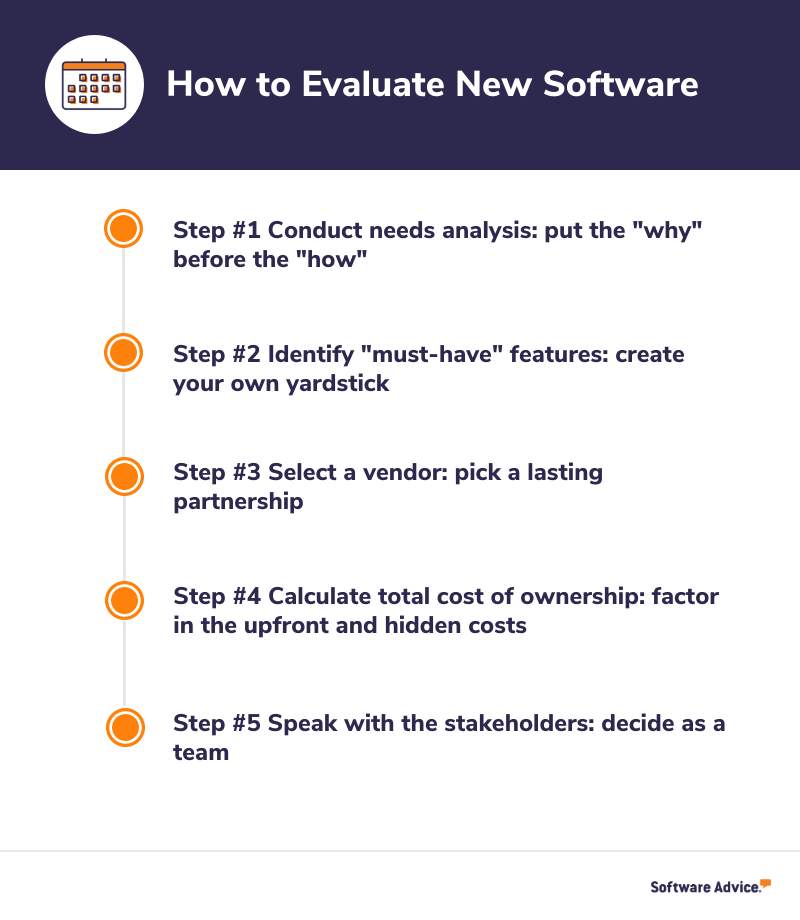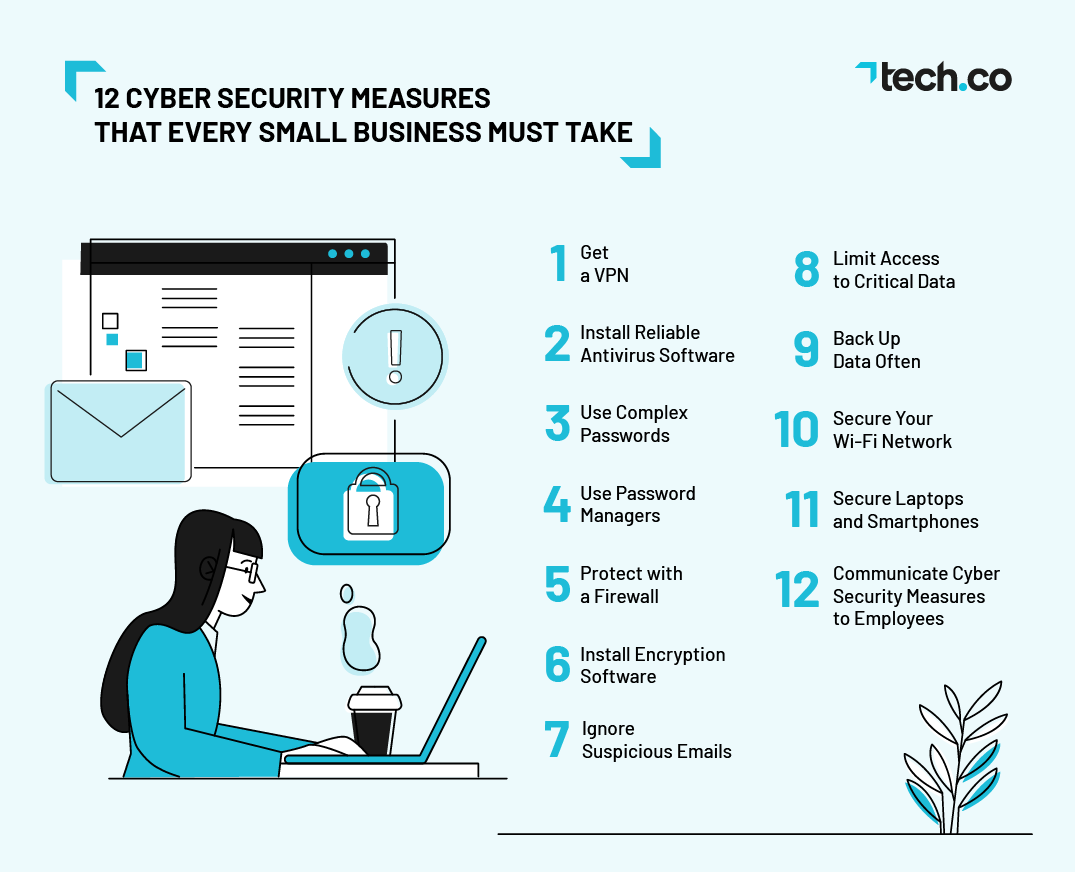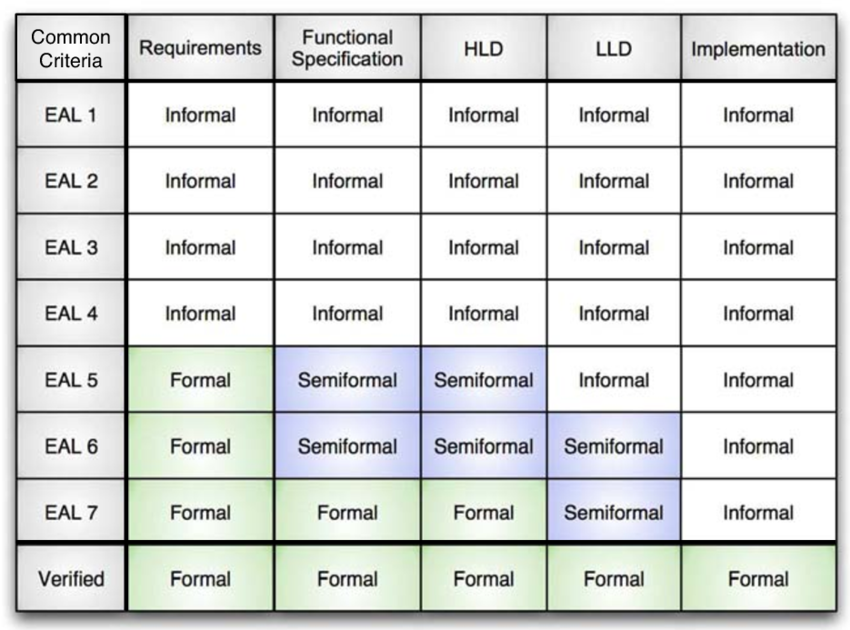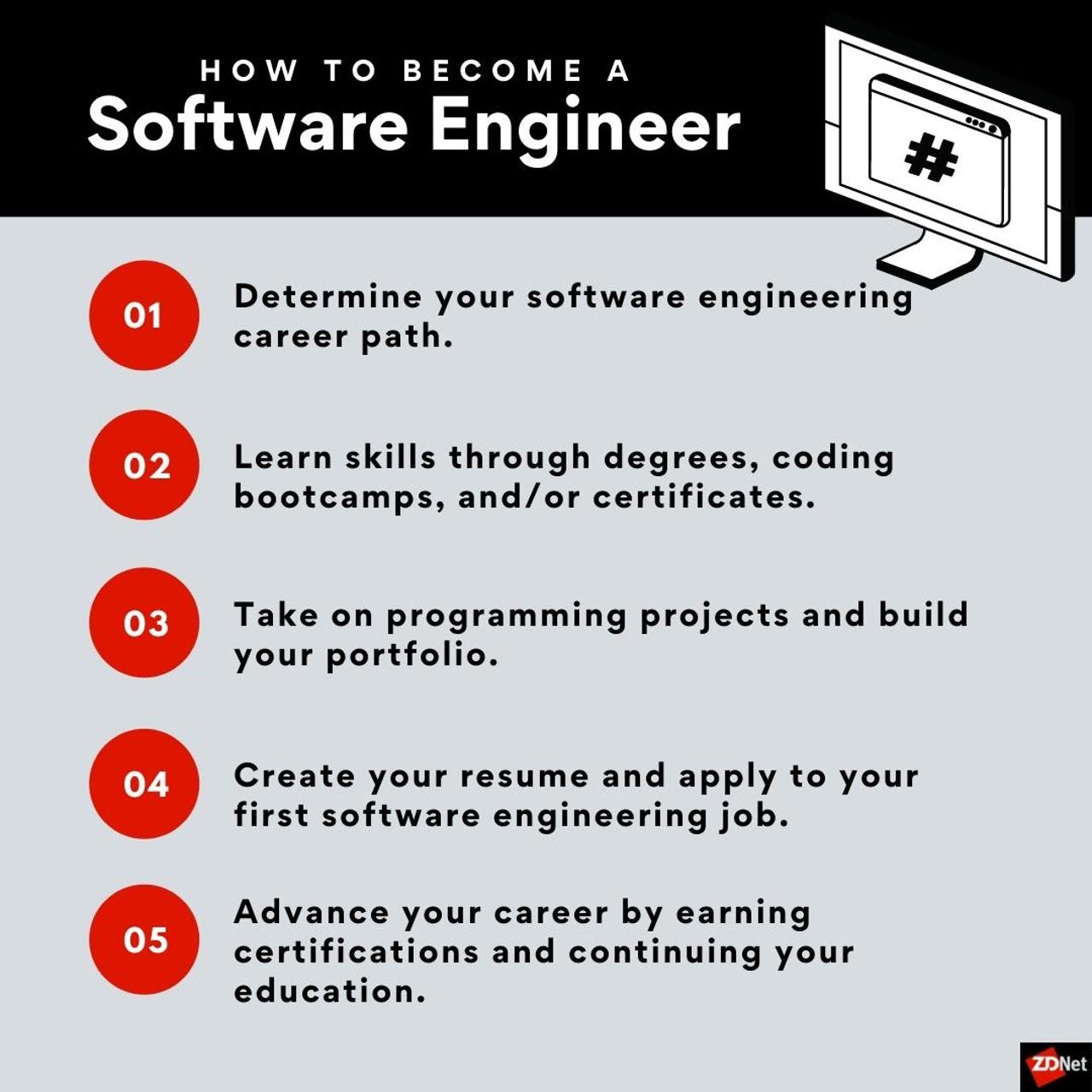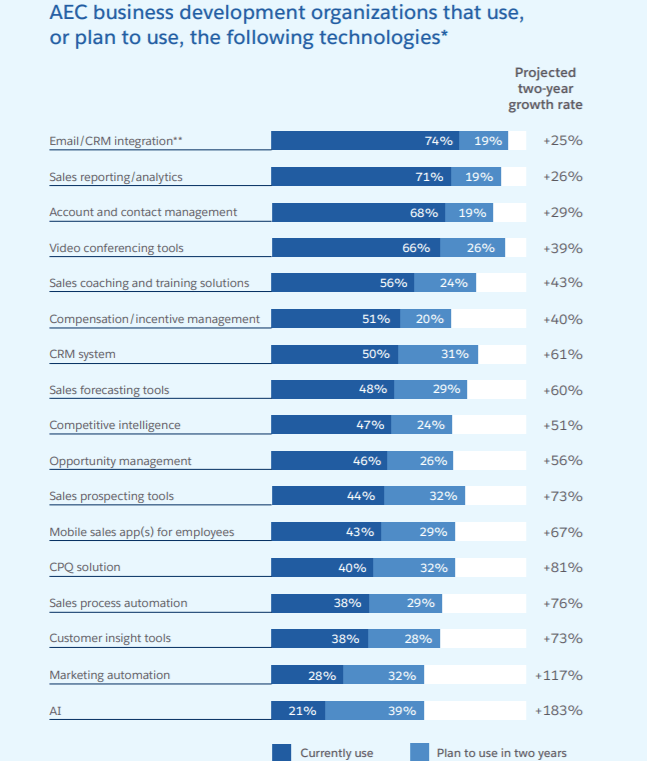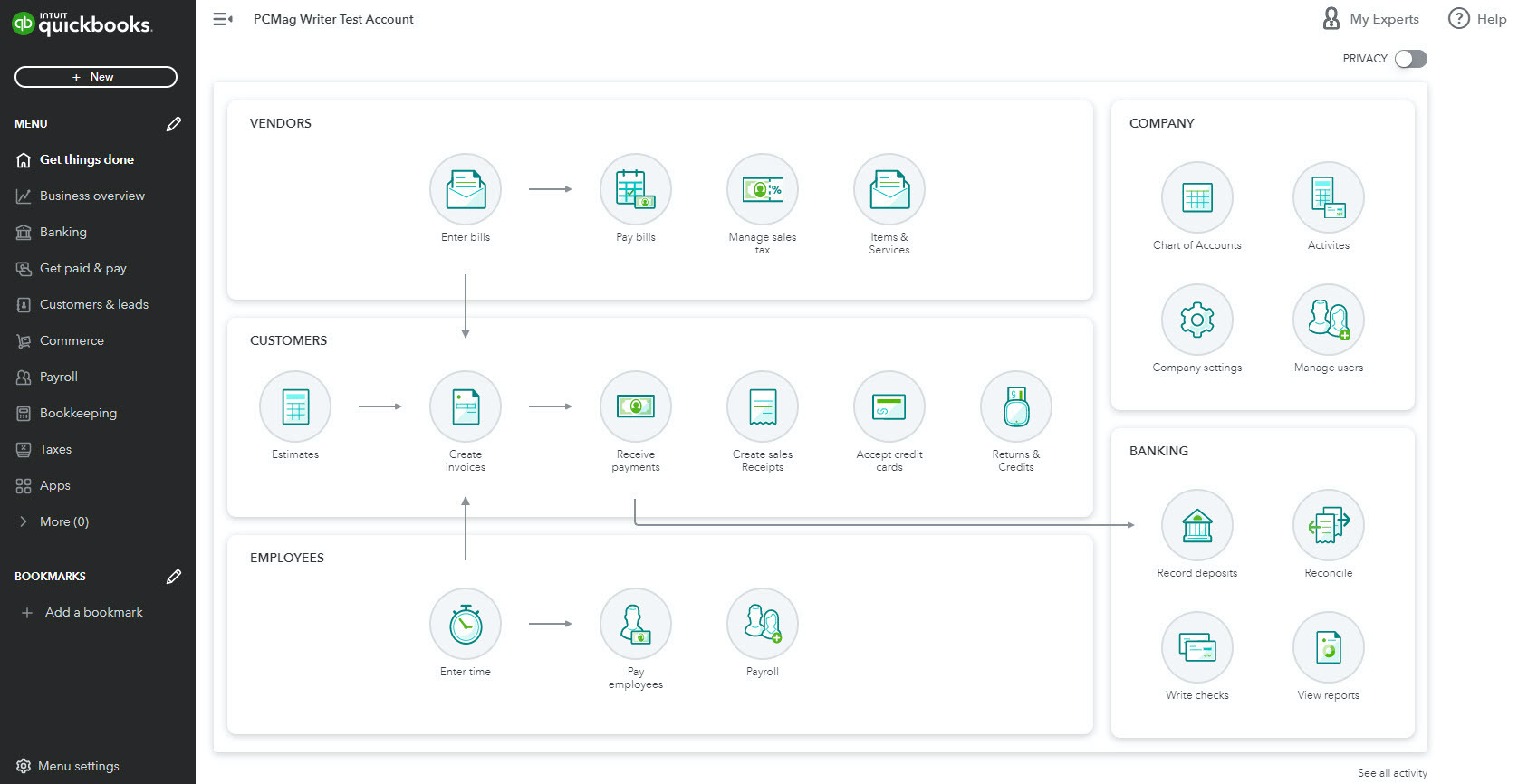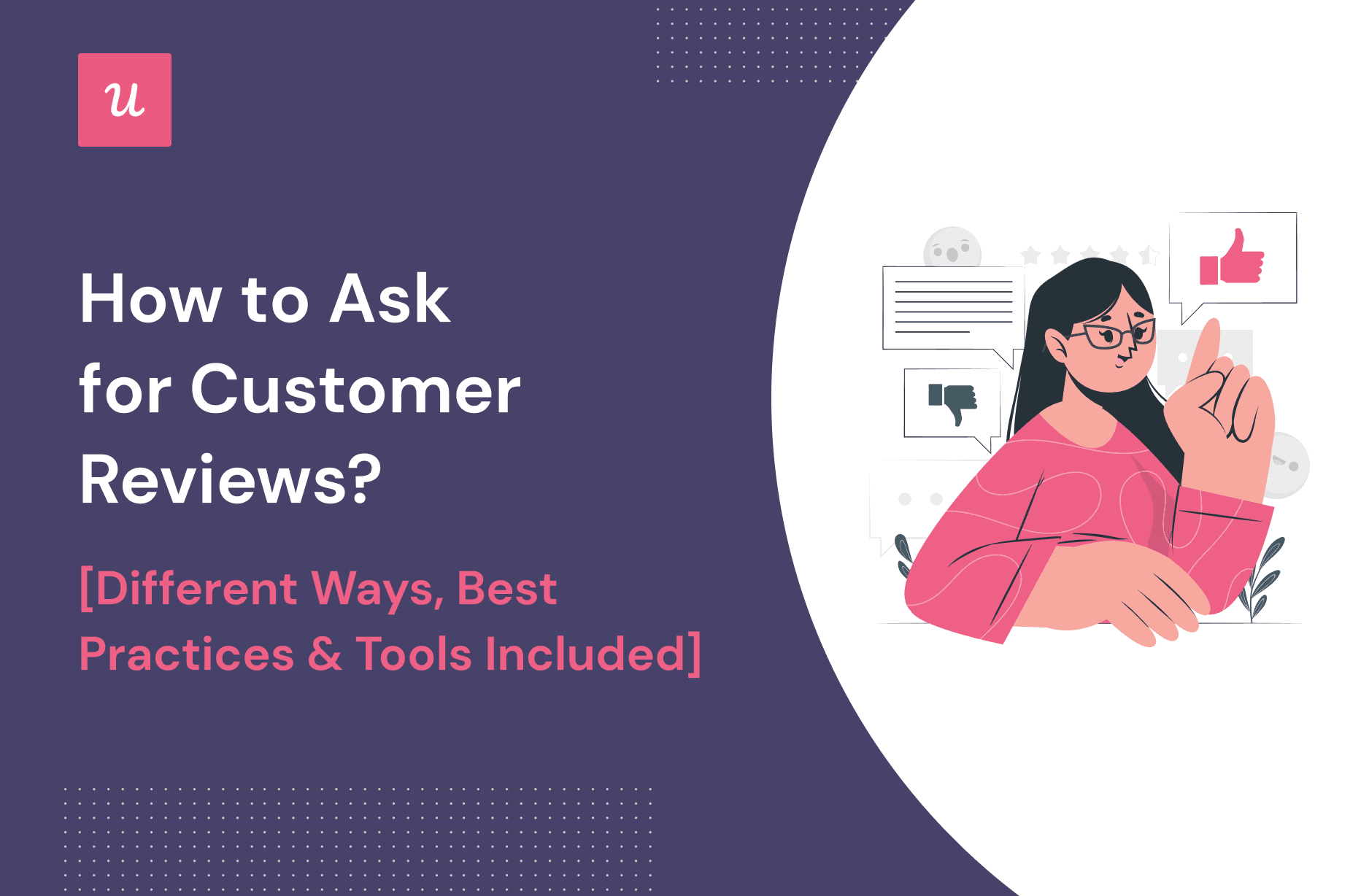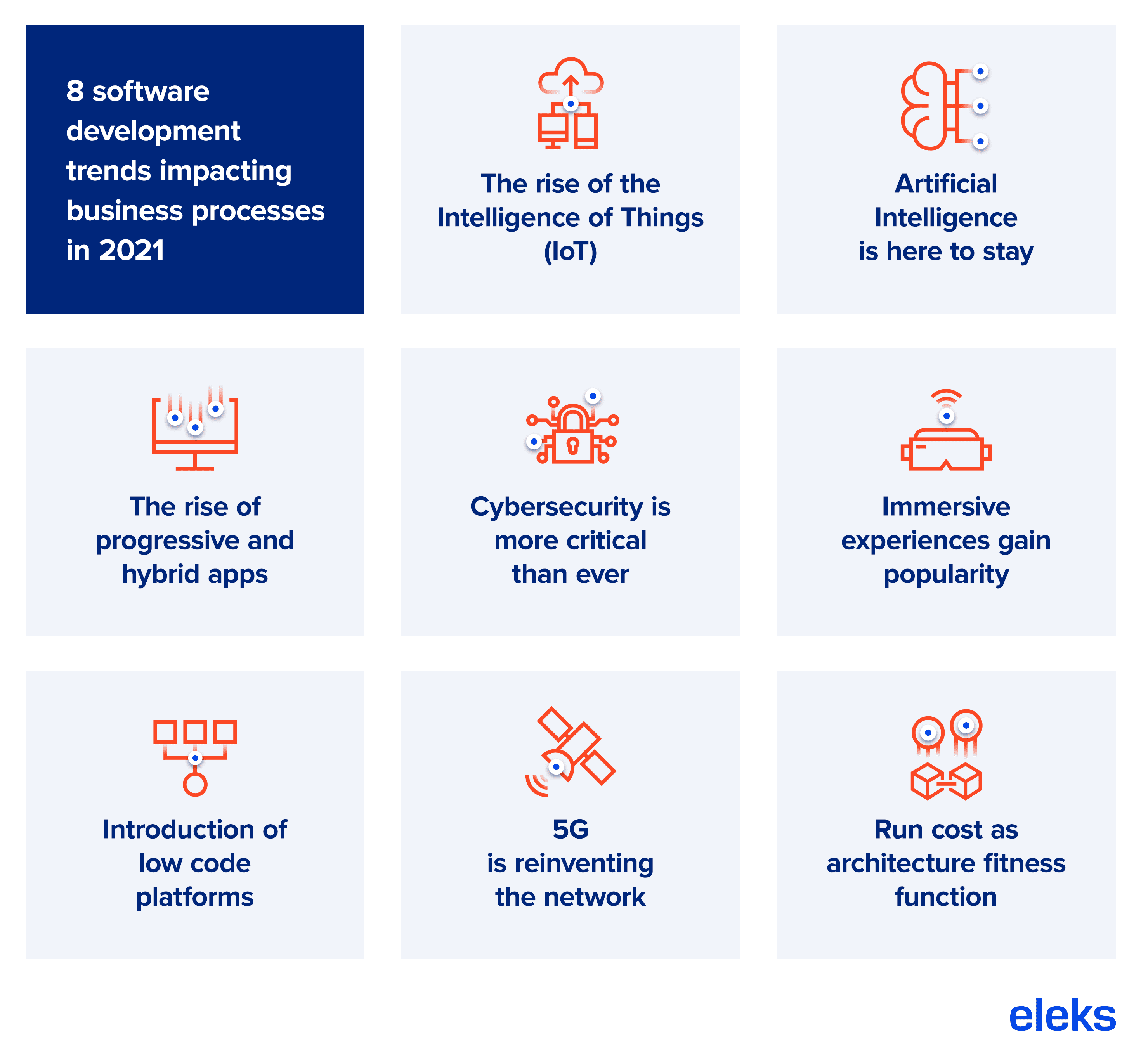Are you a young entrepreneur looking to kickstart your online business? Well, you’re in the right place! Today, we’re going to explore the best e-commerce software options for startups like yours. Whether you’re selling handmade crafts or the latest tech gadgets, having the right software can make all the difference in growing your business. So, let’s dive in and find the perfect solution for you!
You might be wondering, what exactly is e-commerce software? Simply put, it’s a platform that helps you build and manage your online store. Think of it as your virtual shopkeeper, handling everything from product listings and inventory management to payment processing and order fulfillment. With so many options out there, it can be overwhelming to choose the best one for your startup. But don’t worry, we’ve got your back!
In this guide, we’ll walk you through some of the top e-commerce software options for startups, breaking down their features, ease-of-use, and affordability. Whether you’re a tech-savvy teen or just starting out, we’ve got something for everyone. So, buckle up and get ready to revolutionize your online business with the best e-commerce software out there! Let’s get started!
1. Shopify: Offers user-friendly interface and a wide range of themes.
2. WooCommerce: Provides flexibility and integration with WordPress.
3. BigCommerce: Known for its robust features and scalability.
4. Magento: Offers advanced customization options and powerful tools.
5. Squarespace: Ideal for visually stunning and easy-to-use websites. Compare these options to find the perfect fit for your startup’s e-commerce needs.
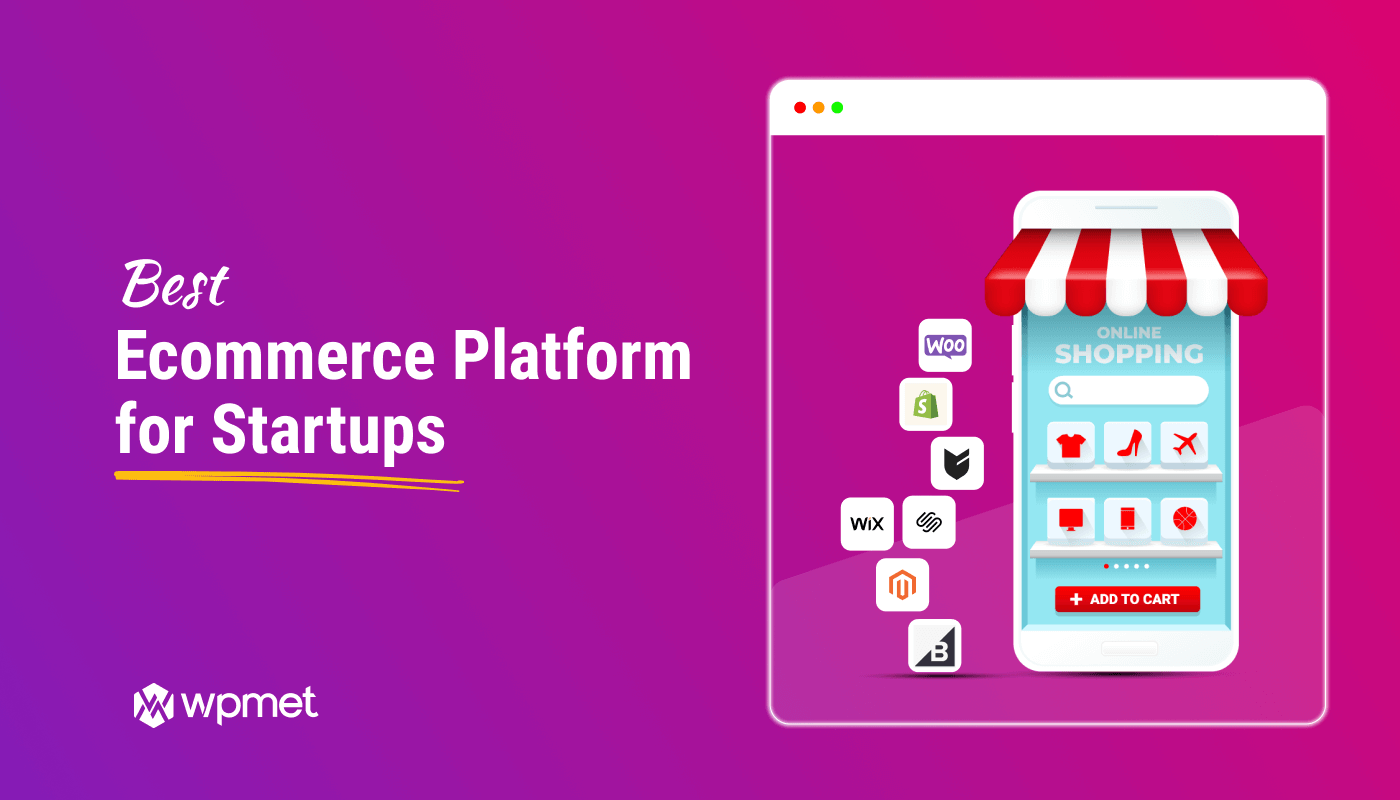
What are the Best E-Commerce Software Options for Startups?
Starting an e-commerce business can be an exciting venture for startups. However, choosing the right e-commerce software is crucial for success. With so many options available in the market, it can be overwhelming to make a decision. In this article, we will explore the best e-commerce software options specifically designed for startups. Whether you’re looking for user-friendly platforms, robust features, or affordable pricing, we’ve got you covered. Read on to discover the perfect e-commerce software that suits your startup’s needs.
The Top Contenders: Shopify, WooCommerce, and BigCommerce
When it comes to e-commerce software options for startups, Shopify, WooCommerce, and BigCommerce have emerged as the top contenders. Each platform offers unique features and benefits, making them popular choices among startups. Let’s take a closer look at these three platforms to help you make an informed decision.
Shopify: The All-in-One Solution
Shopify is a leading e-commerce platform that provides startups with an all-in-one solution. It offers a user-friendly interface, making it easy for entrepreneurs to set up and manage their online stores. Shopify’s extensive app store allows you to customize your store with additional features and functionalities. With its built-in marketing tools, you can easily promote your products and drive traffic to your store. Shopify also offers reliable customer support, ensuring that your business is well-supported.
One of the key advantages of Shopify is its scalability. As your startup grows, you can easily upgrade your plan to accommodate increasing traffic and sales. Additionally, Shopify’s mobile-friendly themes and responsive design ensure that your store looks great on any device. With its secure payment gateways, you can offer a seamless checkout experience to your customers.
In terms of pricing, Shopify offers various plans to suit different budgets. Whether you’re just starting out or experiencing rapid growth, you can find a plan that fits your needs. Overall, Shopify is an excellent choice for startups looking for a comprehensive e-commerce solution.
WooCommerce: The Flexible WordPress Plugin
For startups already using WordPress as their website platform, WooCommerce is a powerful and flexible e-commerce plugin. WooCommerce seamlessly integrates with WordPress, allowing you to transform your existing website into a fully functional online store. As an open-source solution, WooCommerce offers endless customization options, empowering startups to create unique and tailored e-commerce experiences for their customers.
One of the biggest advantages of WooCommerce is its vast library of plugins and extensions. From payment gateways and shipping options to marketing tools and inventory management systems, there’s a plugin for almost everything. This flexibility makes WooCommerce a popular choice among startups with specific requirements.
Another benefit of WooCommerce is its affordability. While the plugin itself is free, there may be costs associated with additional plugins, themes, and hosting. However, compared to other e-commerce platforms, WooCommerce allows startups to have more control over their expenses. With its SEO-friendly features, WooCommerce also helps drive organic traffic to your online store, boosting your visibility in search engine results.
BigCommerce: The Feature-Packed Solution
BigCommerce is another robust e-commerce platform that caters to startups. With its extensive range of features, BigCommerce offers a comprehensive solution to meet the needs of growing businesses. Whether you’re selling physical products, digital downloads, or subscription-based services, BigCommerce has you covered.
One of the standout features of BigCommerce is its built-in multi-channel selling capabilities. This means that you can effortlessly sell your products on various platforms, including Amazon, eBay, and social media channels, in addition to your online store. This omnichannel approach helps you reach a wider audience and increase your sales potential.
BigCommerce also provides robust analytics and reporting tools to give you insights into your store’s performance. With these valuable data, you can make informed decisions and optimize your store for better conversions. BigCommerce offers a range of pricing plans, allowing startups to choose a plan that aligns with their budget and growth goals.
Additional E-commerce Software Options for Startups
In addition to the top contenders mentioned above, there are a few other e-commerce software options that are worth considering for startups:
1. Magento: The Powerhouse Platform
Magento is a highly customizable e-commerce platform that offers advanced features for scaling businesses. It provides a robust infrastructure and extensive third-party integrations, making it a preferred choice for startups with unique requirements.
Benefits:
- Scalability for high traffic and large catalogs
- Advanced customization options
- Wide range of extensions and integrations
2. Square Online: Simplified E-commerce
Square Online is a user-friendly e-commerce platform that integrates seamlessly with Square’s payment processing solutions. It offers a simplified setup process and is suitable for startups looking for a straightforward and affordable online selling solution.
Benefits:
- Easy integration with Square payment processing
- Simplified setup process
- Affordable pricing plans
3. Volusion: Budget-Friendly Option
Volusion is an affordable e-commerce platform that offers essential features for startups on a budget. It provides easy-to-use templates, built-in SEO tools, and reliable customer support.
Benefits:
- Affordable pricing plans
- Easy-to-use templates
- Built-in SEO tools
Key Factors to Consider
When choosing the best e-commerce software for your startup, consider the following key factors:
1. Budget
It’s essential to assess your budget and choose a platform that aligns with your financial capabilities. Consider not only the upfront costs but also any additional expenses such as transaction fees, plugins, and themes. Determine the features you require and find a balance between cost and functionality.
2. Ease of Use
As a startup, you want a user-friendly platform that allows you to set up and manage your store with ease. Look for platforms with intuitive interfaces, drag-and-drop design tools, and helpful onboarding resources. Consider your team’s technical expertise to ensure they can navigate the platform comfortably.
3. Scalability
Your e-commerce software should be able to grow with your startup. Consider the platform’s scalability options and whether it can handle increased traffic and sales as your business expands. Look for platforms that offer the flexibility to upgrade plans and accommodate future needs.
4. Features and Customization
Assess the features and customization options offered by each platform. Consider what functionalities are crucial for your startup, such as inventory management, marketing tools, and mobile responsiveness. Look for platforms that provide a wide range of options to tailor your store according to your unique branding and requirements.
5. Support and Security
Customer support is crucial when running an e-commerce business. Look for platforms that offer reliable and easily accessible customer support, whether through live chat, email, or phone. Additionally, prioritize platforms that provide robust security measures to protect your business and customers’ sensitive information.
Conclusion:
Choosing the right e-commerce software is vital for startups aiming to establish a successful online presence. Consider your budget, specific requirements, and growth plans when evaluating different platforms. Whether you opt for Shopify, WooCommerce, BigCommerce, or one of the alternative options, you’ll be well on your way to launching a thriving e-commerce business. Happy selling!
Key Takeaways: What are the best e-commerce software options for startups
- Shopify: A popular e-commerce platform with user-friendly features and customizable templates.
- WooCommerce: A plugin for WordPress that allows startups to create online stores with ease.
- BigCommerce: Offers powerful features for startups including SEO tools and mobile optimization.
- Square Online Store: Ideal for startups looking for a simple and affordable e-commerce solution.
- Magento: Provides advanced features for startups who want to scale their online business.
Frequently Asked Questions
Starting an e-commerce business can be daunting, especially when it comes to choosing the right software. Here are some commonly asked questions about the best e-commerce software options for startups:
1. What factors should I consider when choosing e-commerce software for my startup?
When selecting e-commerce software for your startup, there are a few key factors to consider. First, think about your budget and choose software that aligns with your financial goals. Second, consider the scalability of the software – will it grow with your business? Third, think about the features and functionality you need – do you require inventory management, order tracking, or customer support tools? Finally, make sure the software is easy to use and offers good customer support.
By evaluating these factors, you’ll be able to find e-commerce software that suits your startup’s specific needs and sets you up for long-term success.
2. Are there any e-commerce software options that offer a free trial?
Yes, many e-commerce software providers offer free trials to help you test their platforms before committing. These trials typically last for a certain number of days, offering full access to the software’s features. By taking advantage of free trials, you can get hands-on experience with different software options and make an informed decision about which one is best for your startup. Remember to utilize the trial period to explore key features, examine user interface and evaluate customer support.
Free trials can be a valuable tool in your decision-making process, allowing you to try out multiple options risk-free before investing in a long-term subscription.
3. Is it necessary to have coding knowledge to use e-commerce software for startups?
No, you don’t need coding knowledge to use e-commerce software for startups. Most e-commerce platforms have user-friendly interfaces and offer drag-and-drop functionality. This means you can create and manage your online store without writing a single line of code. These platforms often provide customizable templates and themes, allowing you to design and customize your store to match your branding, without any technical expertise. However, if you do have coding knowledge, many e-commerce software options also allow for advanced customization through HTML, CSS, and other programming languages.
Whether you’re a coding pro or a beginner, there are e-commerce software options available that cater to all levels of technical expertise.
4. Can I integrate e-commerce software with other tools I use for my startup?
Yes, most e-commerce software options are designed to integrate with other business tools you may be using for your startup. These integrations can include accounting software, email marketing platforms, customer relationship management (CRM) systems, and more. Integration allows for seamless data flow between different systems, streamlining your operations and improving efficiency. Before committing to a specific e-commerce software, check if it offers integrations with the tools you currently use or plan to use in the future.
By integrating your e-commerce software with other startup tools, you can create a cohesive ecosystem that enhances productivity and simplifies your workflow.
5. Are there any e-commerce software options specifically designed for mobile commerce?
Absolutely! Many e-commerce software providers recognize the growing importance of mobile commerce and offer mobile-responsive designs or dedicated mobile apps. These options ensure that your online store looks and functions seamlessly on mobile devices. Mobile-friendly features may include responsive website design, mobile-specific layouts, easy navigation, and optimized checkout experiences. Prioritizing mobile compatibility is crucial in today’s digital landscape, where a large number of customers prefer to shop using their smartphones or tablets.
When considering e-commerce software options, pay attention to their mobile capabilities to ensure you can cater to the growing number of mobile shoppers and provide them with a seamless user experience.
The Best Ecommerce Platform in 2023
Summary
So, to sum it up, when starting an online store, it’s important to choose the right e-commerce software. Look for options that are user-friendly, customizable, and offer essential features like payment gateways and inventory management. Some popular choices for startups include Shopify, WooCommerce, and BigCommerce. Take your time to evaluate each option and consider your specific needs and budget before making a decision. Remember, finding the best e-commerce software can be a game-changer for your business, so choose wisely!
In conclusion, choosing the right e-commerce software can make a big difference for startups. It can determine the success of your online store by providing the tools and features needed to run your business smoothly. So, take your time, do your research, and pick the best option that suits your needs and goals. Good luck with your e-commerce journey!

